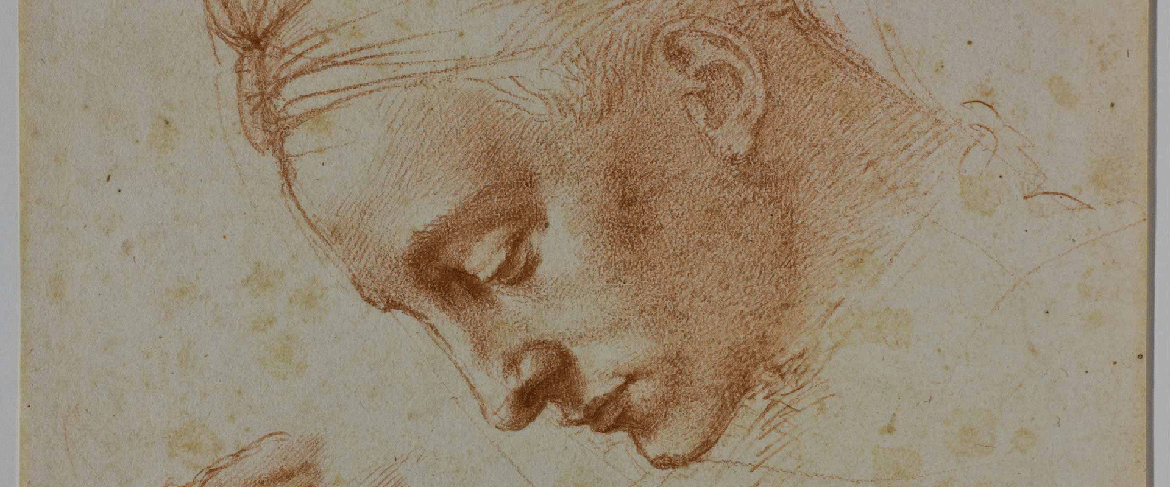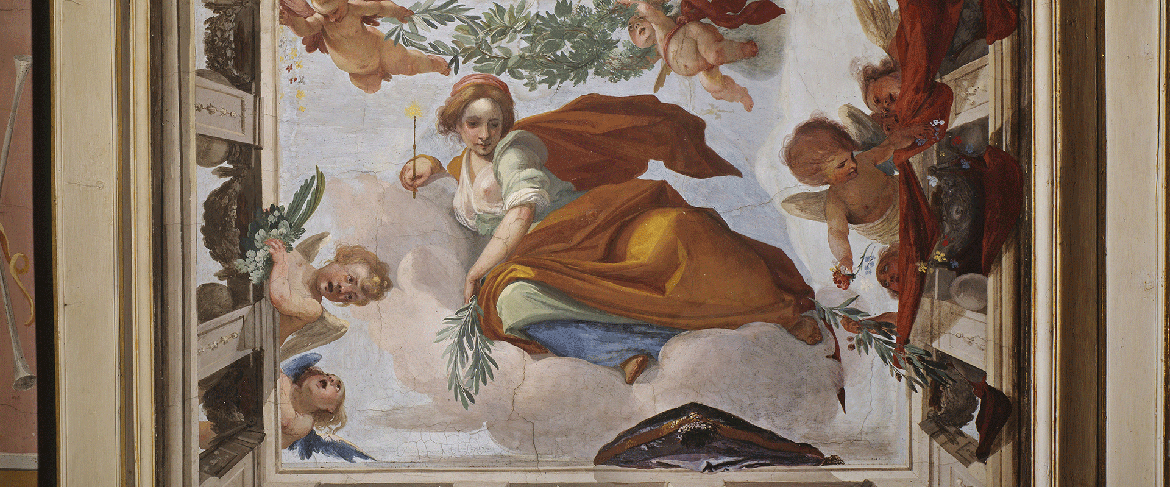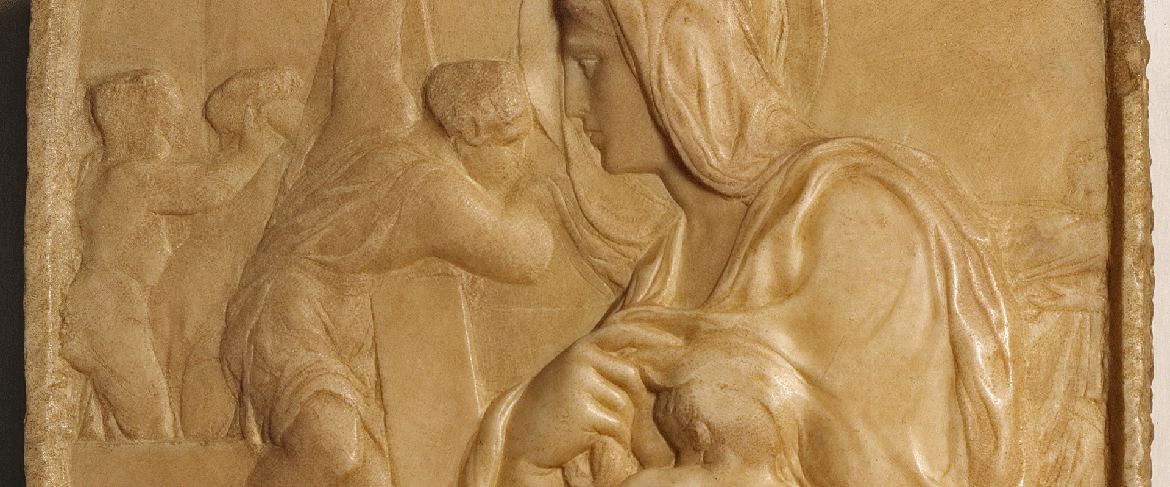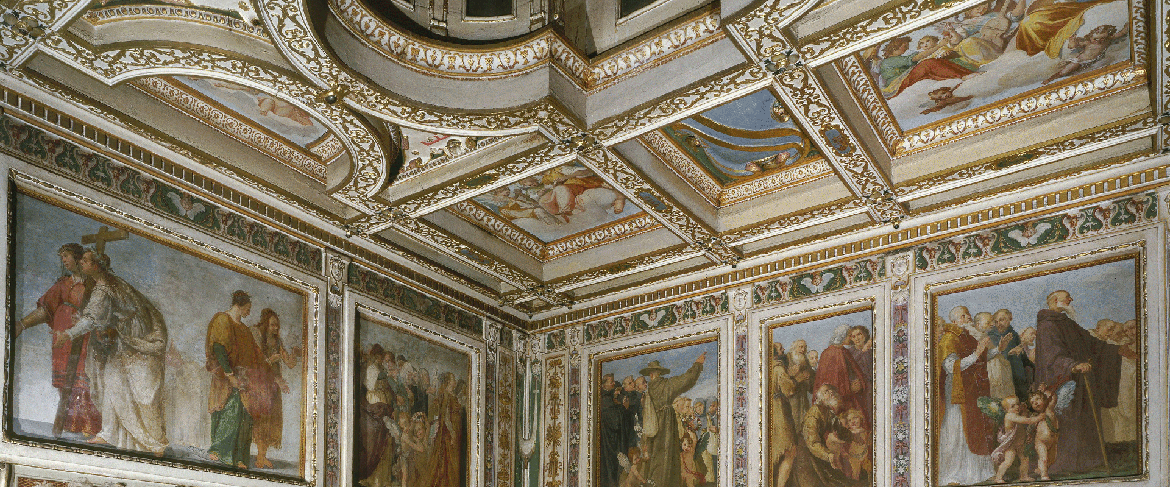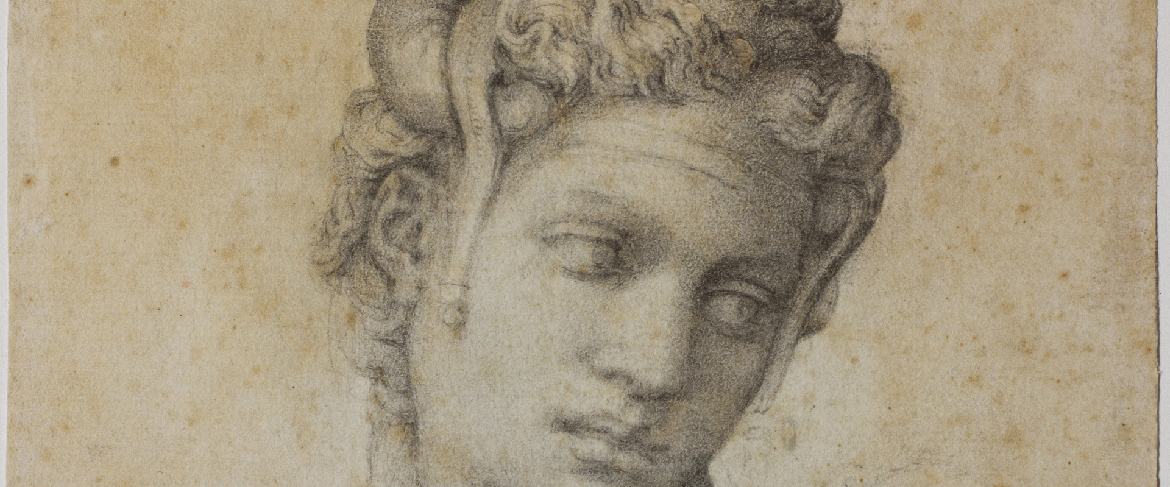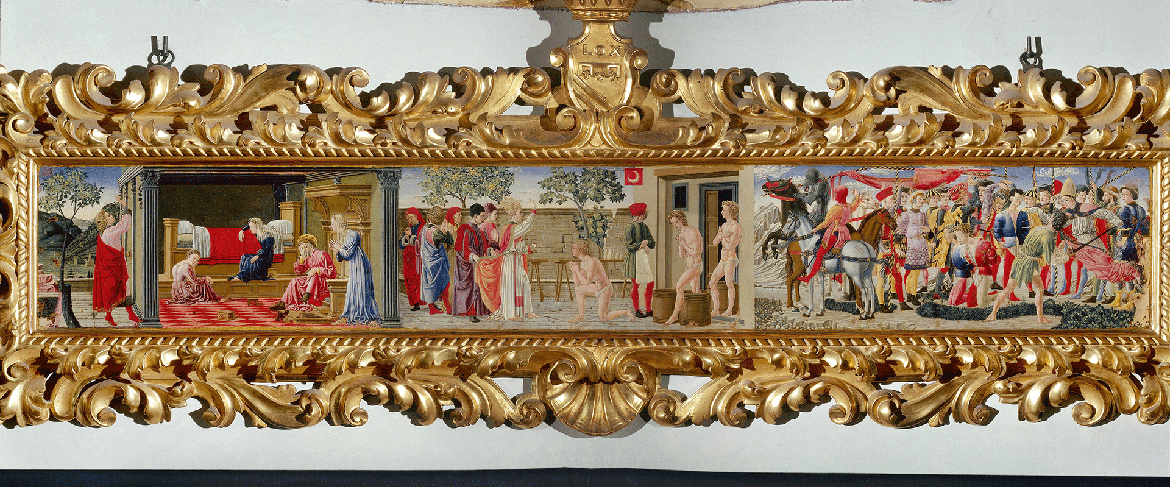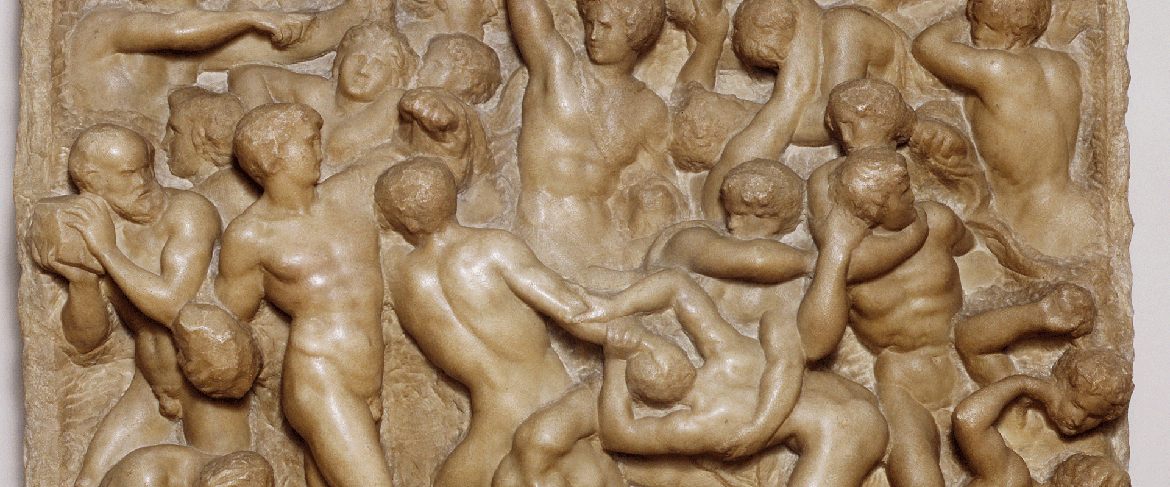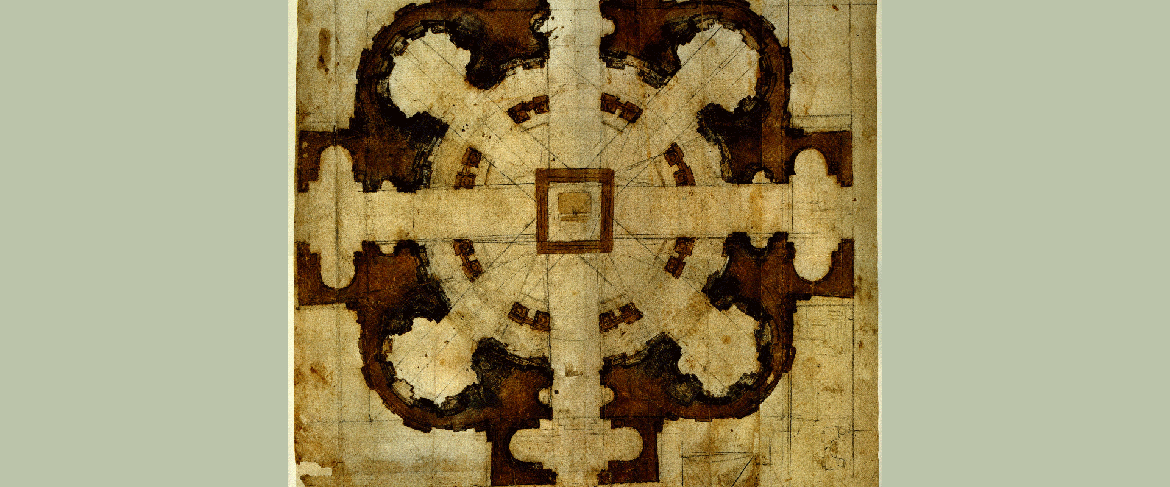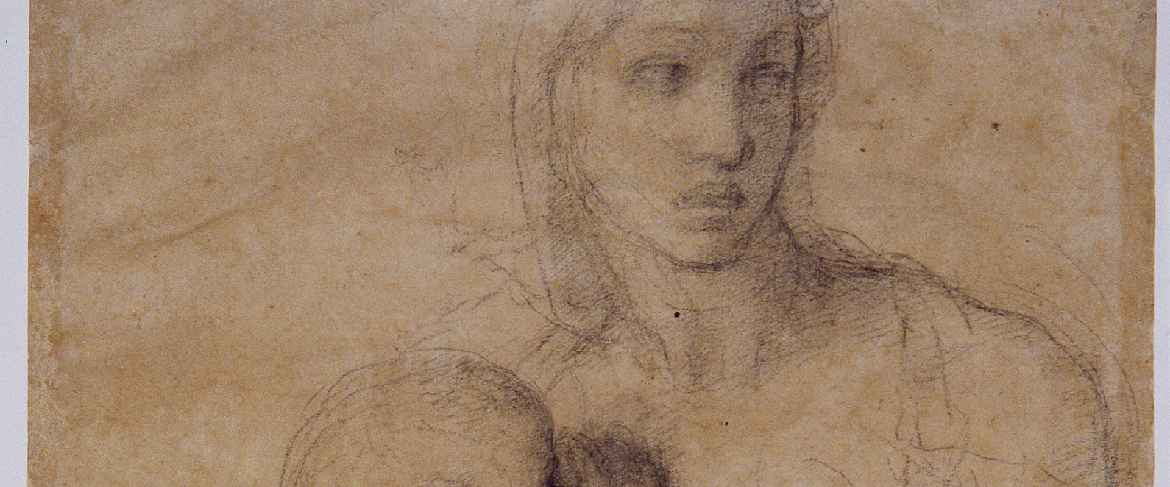When, more than fifty years after the death of Michelangelo, his great nephew Michelangelo Buonarroti the Younger decorated a series of rooms in the family residence in his memory, Grand Duke Cosimo II returned the Madonna of the Stairs and some of the drawings given to the Medici family.
Meanwhile, the mindful descendent went about recovering other autograph drawings of Michelangelo at great expense, even from the Roman market.
The Buonarroti family’s collection of Michelangelo’s papers was at this point the richest in the world—and still is, with its more than two hundred pieces, despite all the serious assaults it has suffered. At the end of the eighteenth century the collection was impoverished when the revolutionary Filippo Buonarroti, already exiled in Corsica, made an initial sale to French painter and collector Jean Baptiste Wicar.
In October 1858, the collection was further reduced when Cavalier Michelangelo Buonarroti sold some sheets to the British Museum. A few months earlier, Cosimo Buonarroti, last direct heir of the family, had died. He owned the largest part of Michelangelo’s papers, including the drawings. In his will he left them all to be enjoyed by the public, together with the palace in Via Ghibellina and its contents.
Beginning in 1859, the precious drawings were left exposed for long years in frames and showcases in the Casa Buonarroti, which had become a museum. It was not until 1960 that they were withdrawn from such careless custody. They were then taken to the Prints and Drawings Department of the Uffizi and restored. Only in 1975 were they returned to Casa Buonarroti. At present, the rotating display of the invaluable sheets within the museum adheres to the most current conservation principles.
The significance of Casa Buonarroti is not limited, however, to the celebration of such an extraordinary figure as Michelangelo, although it possesses and exhibits works and documents about him that are enriched by gifts added to the family patrimony or pieces consigned on deposit by Florentine museums. Among these, two famous works by Michelangelo, the Wooden Model for the Facade of San Lorenzo and the enthralling River God, a large preparatory model for a statue that was never made for the New Sacristy. There are also the two sixteenth-century Noli me tangere paintings, which are based on a lost preparatory cartoon by Michelangelo.
The idea to create a sumptuous building to glorify the family and especially its great ancestor goes back to the above mentioned Michelangelo Buonarroti the Younger, an eminent literary figure and cultural leader who, beginning in 1612 and for approximately the next thirty years, employed on the palace interior and particularly in the gallery and its three adjacent rooms the greatest artists working in Florence: from Empoli to Passignano, from Artemisia Gentileschi to Pietro da Cortona, from Giovanni da San Giovanni to Francesco Furini and the young Jacopo Vignali.
In these splendid rooms, Michelangelo the Younger placed the most valuable pieces of his collection, many of which are still part of the museum tour, among them, a wooden predella with Stories of St. Nicholas, the masterpiece of Giovanni di Francesco, a follower of Domenico Veneziano.
In the life of an institution whose principal goal is research, one cannot forget the annual schedule of exhibitions relating to the cultural, artistic, and historical heritage and memories of Casa Buonarroti that go beyond Michelangelo and his time.
For many years now, such exhibitions have gained international renown, both for the value of the loans and originality of the themes addressed and also for the sound scholarship of the catalogues that accompany them.

